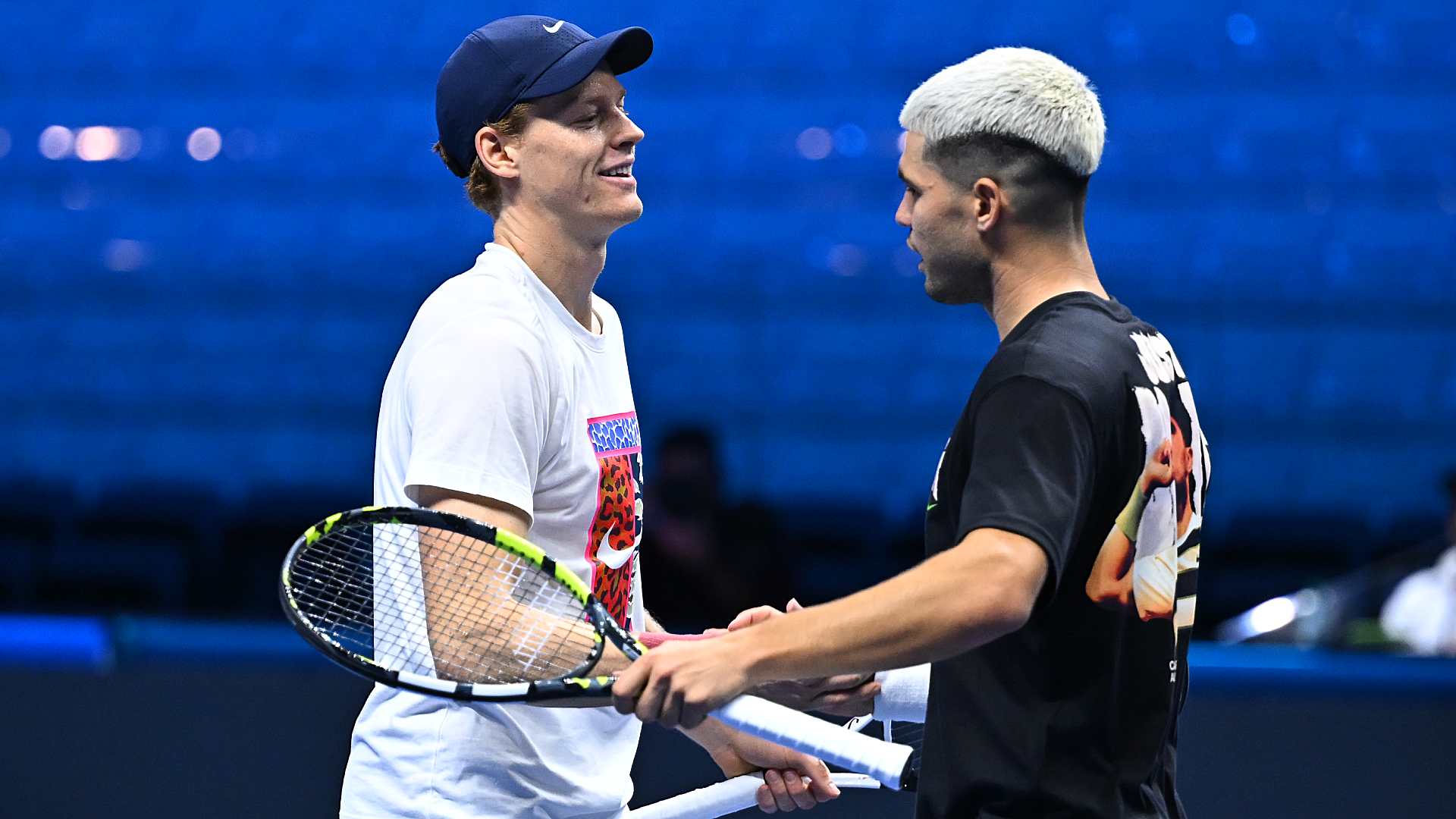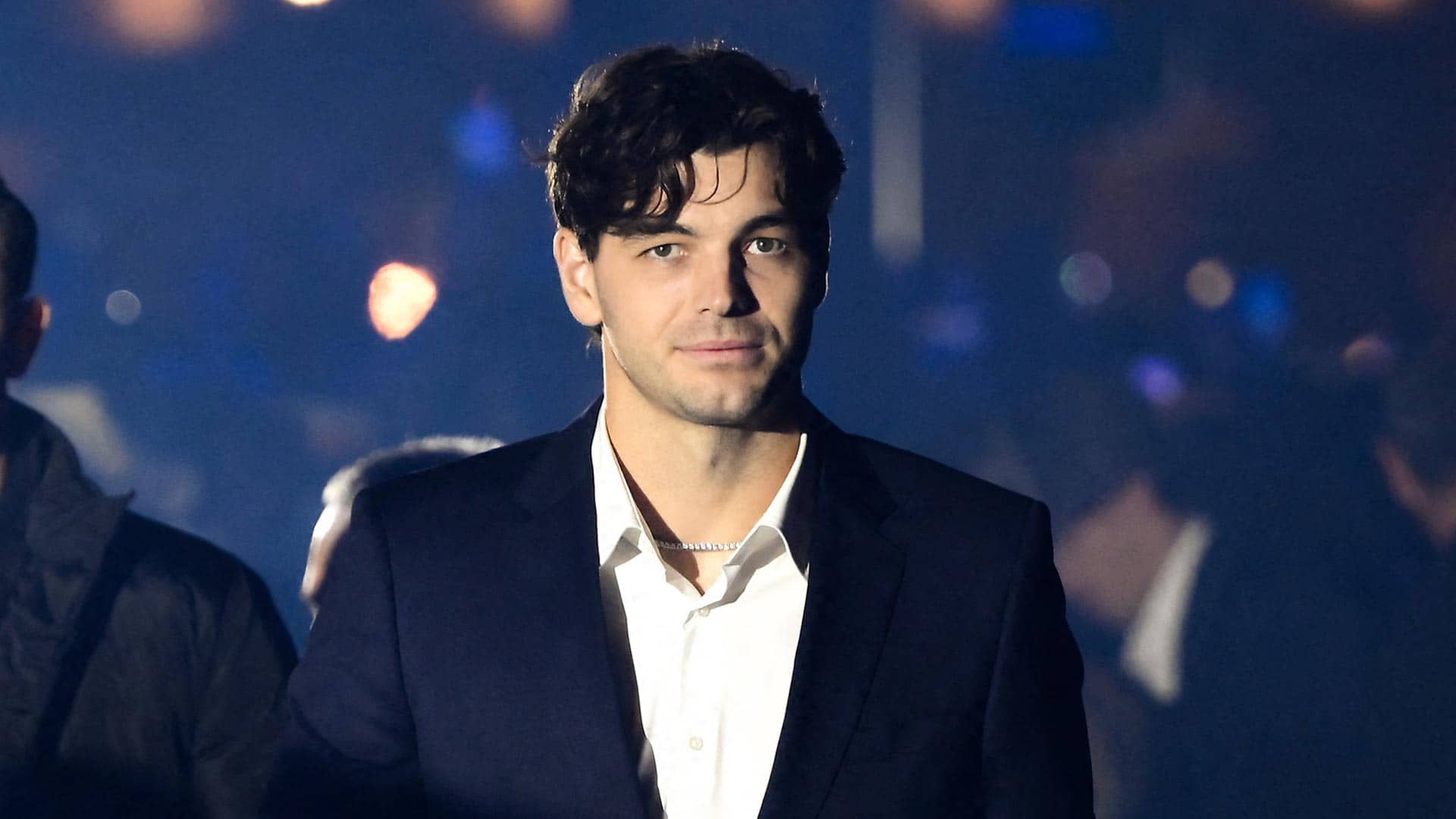Townsend emerges transformed from US Open fires
In the cauldron of Flushing Meadows, Taylor Townsend faced court clashes and inner trials, forging a deeper bond with tennis and a surge of new possibilities.

Navigating tension at the net
An unfortunate incident at net with Jelena Ostapenko erupted midway through the event, her sharp words cutting through the humid air like a misplaced volley. Townsend, ever the vibrant force, opted for poise over protest, her measured response drawing applause that rippled beyond the enclosure. This moment, amid the hard court's quick tempo, tested the inner work she'd poured into her game, transforming potential fallout into a beacon of maturity. The crowd sensed the shift, their cheers swelling as she reset for the next round, her one–two patterns—big serves out wide followed by inside-out forehands—gaining sharper edges. Off-court buzz followed, media spots illuminating the hours behind her unyielding spirit. She later reflected on how this display affirmed her growth, the confrontation a pivot that fortified her self-worth under New York's unrelenting gaze."It was an opportunity for the world to see the work that I've been doing," she said on CBS Mornings. "As athletes, and in professional sports, you see the end result, you see the outcomes of all the hours and all the things. But I think the biggest way that it changed me was my self-worth got to be on display, the way that I've been working on myself and the person that I am. How I want to show up in the world, it was tested—but then it was also displayed."
Upsets and patterns on hard courts
Townsend's surge gained momentum with a third-round upset over fifth-seeded Mirra Andreeva, her heavy topspin forehands crosscourt pulling the young Russian off-balance on the speedy surface. The hard courts' low bounce amplified Andreeva's flat shots, yet Townsend disrupted with underspin slices, forcing short replies she pounced on with down-the-line backhands. This tactical blend, refined through a season of surface swings, netted breaks and propelled her toward uncharted singles territory, the stands alive with fans chanting her name. Her doubles instincts shone through, volleys crisp and instinctive during the mixed stint with Shelton, where net poaching turned defensive lobs into winners. The atmosphere thickened under stadium lights, sweat mixing with resolve as she layered variety into rallies—occasional inside-in approaches keeping opponents pinned deep. These adjustments not only swelled her ranking points but hinted at a broader evolution, her footwork quicker, patterns more fluid after months of grinding the circuit.Defeat ignites renewed fire
The fourth round brought a grueling clash with Barbora Krejcikova, the two-time Grand Slam champion whose all-court finesse turned Ashe into a tactical labyrinth. Townsend built an 8-0 edge on match points, her aggressive returns and crosscourt rallies pinning the Czech back, the crowd of more than 14,000 surging with every point. Yet Krejcikova's slice backhands floated just over the lines, extending exchanges on the unforgiving hard court until a tiebreak flipped the script in a three-set marathon. Her 4-year-old son, A.J., watched from the stands, a small anchor amid the roar as serves faded in the decider. The loss pierced deep, eight chances slipping away, but in the hushed aftermath, passion resurfaced like a perfectly timed lob. She describes rediscovering her love for the game right there, the defeat stripping away fatigue to unleash motivation dormant for years."I fell in love with the game again in the match that I lost," Townsend shared. "It so was so weird. After I was done playing, I was just like, 'Oh my god, I love this. I can't wait to go back out.’ So the loss really motivated me in a way, honestly, that I haven’t felt in a really, really long time."


